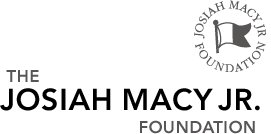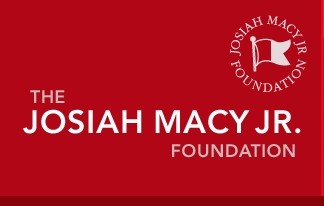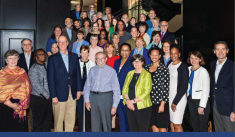Our Grantees
Across the Foundation’s priority areas, our grantees are working to improve the health of the public through innovative research and programs. The Foundation awards up to 40 grants on a rotating schedule each year.
Campus-Wide IPE: University of Colorado
When the University of Colorado received a land grant to develop a health sciences campus, the school intentionally designed the campus to facilitate collaboration among its six health professions schools. Once the Anschutz Medical Campus was built, a campus-wide interprofessional education curriculum called Realizing Educational Advancement for Collaborative Health (REACH) was put in place.
Each year, the 700 new students entering the different health professions schools are organized into interprofessional teams. Each team has at least one nurse, doctor, pharmacist and dentist. Physician assistant and physical therapist students are also assigned to the teams. Students stay in these teams over the duration of their programs, participating in a combination of instruction and practical exercises to learn about teamwork.
Teaching the Fundamentals
Using the TeamSTEPPS model, faculty teach students how successful teams function and the steps they follow:
- Begin with a team briefing to go over the care plan and roles and responsibilities;
- Hold ad-hoc team huddles to discuss critical issues and re-evaluate the care plan; and
- Debrief at the end.
“It’s a very simple rubric that makes a big difference, but it’s not something that is intuitive—it has to be learned,” explains Mark Earnest, MD, PhD, professor of general medicine at the University of Colorado and director of REACH.
Faculty are currently working on models to demonstrate how individual actions can effect team dynamics.
“You may know the model process but there may be personality conflicts or inhibitions that effect how well the team follows protocol,” says Earnest.
Practicing Collaborative Care
Over a two year period, teams complete a series of eight teamwork exercises that mimic the clinical setting.
Each team is given a clinical case and has limited time to collect and compile information about a patient. Working as a team, the students must synthesize and assess the information. Embedded in that information are a series of intentionally placed errors and miscommunications, testing students’ problem-solving skills and ability to identify potential harms to patient.
“Each member has different pieces of the puzzle so they are forced to work together and strategize as a team in order to complete the challenge,” says Earnest.
As students go through the series of exercises, they learn from their mistakes and increase their comfort and familiarity with working as a team.
“Almost like training a relay team to run a race, students are able to look at and assess their own performance. They can say as a group, ‘next time we think we can improve our performance if we do X differently’.”
Using Simulation
In the latter part of year two, the program pivots from classroom-based activities into clinical learning. Students head to the simulation center on campus where they receive a quick refresher in TeamSTEPPS and then, working with standardized patients, go through two scenarios that run the gamut in terms of challenges requiring collaboration between doctors, nurses, dentists, and other health care providers.
“Simulation training is working very well from both faculty and student perspectives,” says Earnest. “It’s incredibly highly rated by the students—it really helps solidify for them what we mean by teamwork and how valuable it is.”
Longitudinal Assessment
To assess students’ competence in teamwork and collaboration, REACH has borrowed from the University of Purdue’s engineering department. After each team-driven learning scenario, students complete a Comprehensive Assessment for Team-Member Effectiveness (CATME)—a web-based multi-sourced assessment tool—rating both their performance and the performance of each team member on five competencies. Scores for each individual student are tallied up and shared with them.
“A single assessment doesn’t give you much information to work with,” explains Earnest. “We are able look at students’ scores over time to see how they have changed.”
Interprofessional Clinical Rotations
The next step is for students to put what they have learned into practice.
“We have a pretty clear vision of the foundational level of learning that is needed. We’ve figured out how to teach these things—not just so that students learn team-based competencies but that they see the value in it. We have an institutional commitment to continuing the work. Now, we are focusing on how to tie education to practice,” says Earnest.
The University has developed three different curricular models for interprofessional clinical learning and are currently developing clinical sites to pilot these curriculums. In February 2013, the university will hold a summit with academic leadership, as well as clinical training sites around Denver, to explore how to integrate students into the quality improvement processes happening in hospitals.
“We want to provide students with an authentic experience, so that when they start working in a hospital, teamwork and collaboration is something that they’re doing naturally,” says Earnest.





 11.13.18
11.13.18